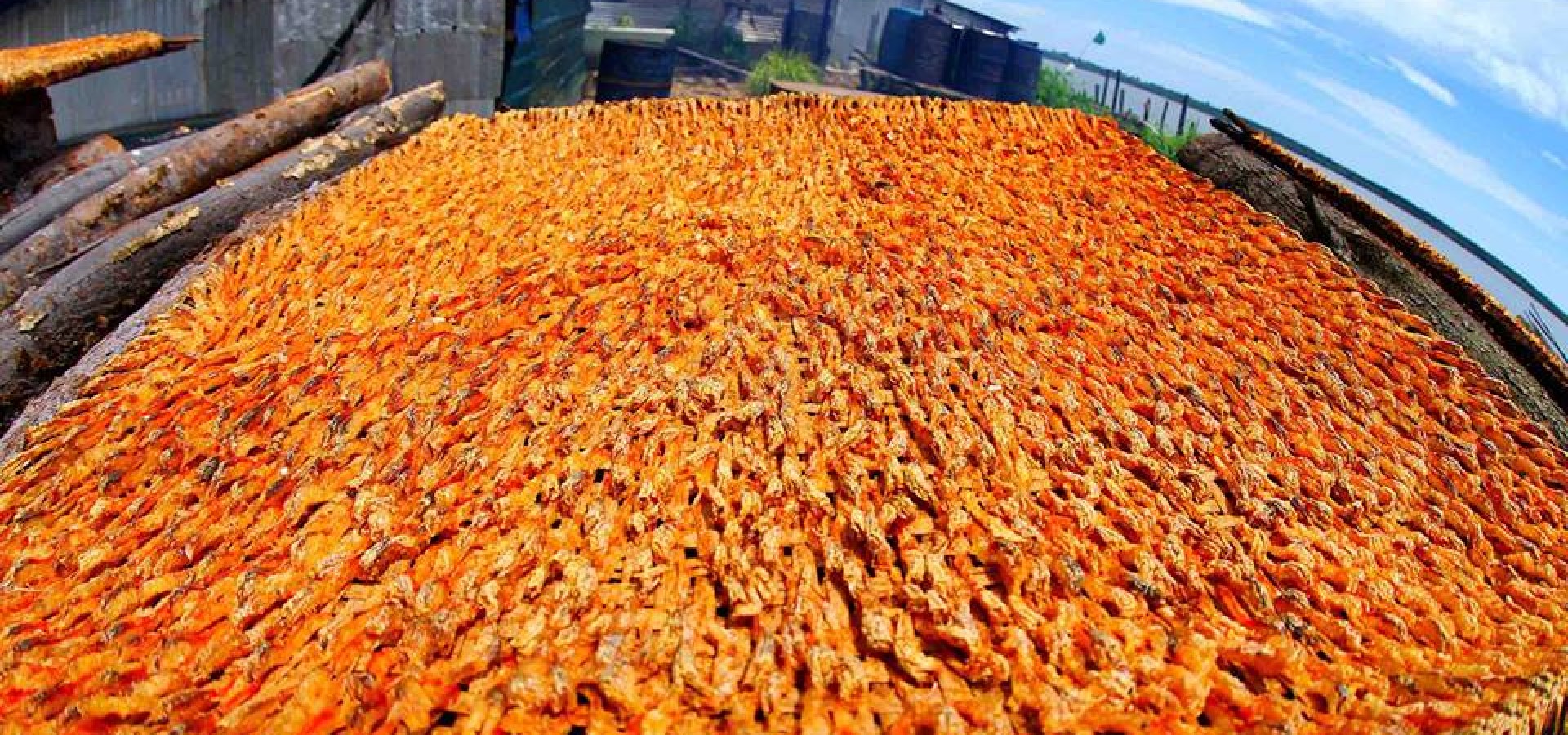Malaysia is famous for its many delicious and different kinds of food. When you visit Malaysia you are really spoilt for choice. Shrimp is one ingredient which is used in many Malaysian dishes and the traditional process from catching the shrimp to the finished product is a great sight to see and a great attraction for tourists. It is also the livelihood for many Malaysians.
Popular among all races in Malaysia is food cooked with “hae-b” which produces a great aroma and is fresh and delicious in taste. It is also recognized as one of the Malaysia’s top products. Grade A “hae-b” now costs nearly RM100 per kg. If you are interested in the ways of other cultures then I am sure this will be of great interest to you!
This is a simple pictorial introduction on the process of “hae-b” making. Hae-b” (in Chinese) or “Sesar” or “Kupas” (in Melanau), is the term for the drying-out of shrimps.
After the fishermen have caught the shrimps, they are transferred to the area where they will be processed. Next the important cleansing process begins. After cleansing, a very slow, time-consuming but patient step then follows, the delicate arranging of the shrimps to get the maximum benefits from the drying process. These meticulously arranged shrimps will then be transferred to the Smoking Room for the long hot hours of the smoking process. The final step is the drying of the shrimps under the hot Malaysian sunshine!
By the way, the wonderful Malaysian hot and sunny weather is another reason to visit Malaysia.
Photos
Pic 1 – Transferring the fresh shrimps
Pics 2/ 3 – Cleansing the shrimps
Pics 4-7 – Slow and patient arranging of the shrimps
Pics 8-10 – Long hot hours in the smoking room (smoking the shrimp meat before putting out to dry under the sun )
Pics 11/12 – Final step! Drying the shrimps under the sun.
Photos by Tong Teck Ping and Chang Yi (Fishing Net)




